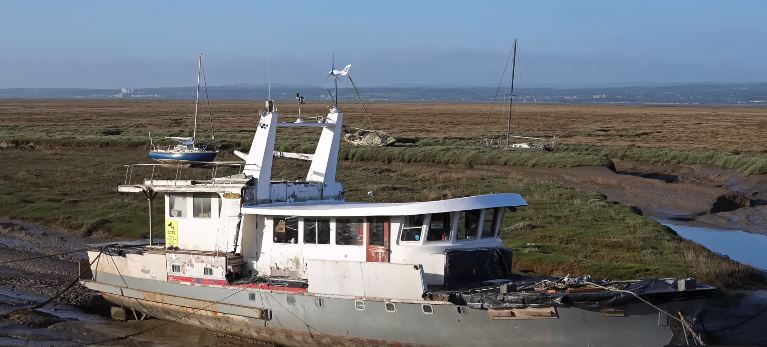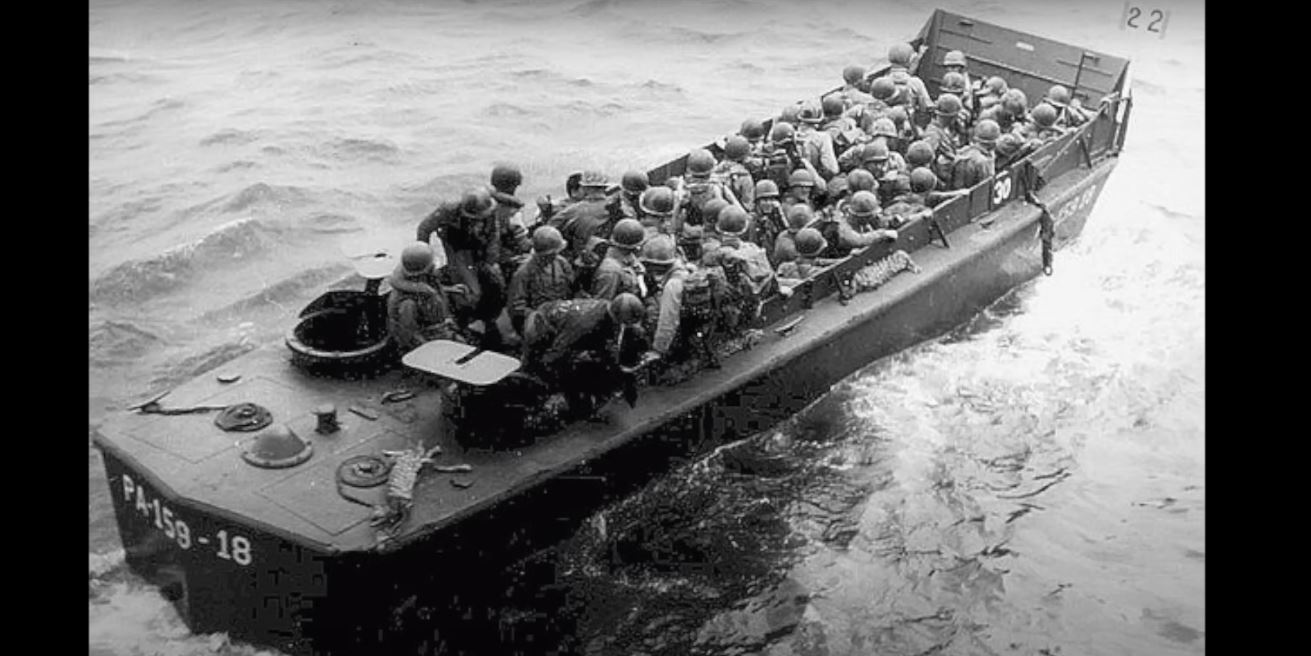There were three fronts involved in the Normandy invasion: air, land, and sea. American tank crews supported allied soldiers on the ground.

Curator of the U.S. Armor & Cavalry Collection at Fort Moore Rob Cogan stated, “For many of them, this would have been their first combat landing.”
He clarified that the Duplex Drive Sherman tanks that were there on D-Day.
They were equipped with floating screens and propellers to aid with amphibious movement, unlike the conventional M4 Sherman.
Cogan described what soldiers would have seen as “complete chaos on a beach in the water, especially on the first day,” and added, “It would have been quite a shocking experience going into combat for the first time.”
The tankers who fought in World War II and on D-Day would have been in their 18s or early 20s. While many from more remote areas did not have a high school education or a GED, many of them did.
They would have received training in Fort Knox, Kentucky and in England prior to the invasion of France. A few of the cadres were veterans of exchange programs in North Africa and Italy.

Despite the fact that many of the soldiers lacked combat experience, the US was more prepared for the conflict than some other foreign nations due to its commitment to invention and adaptation.
Tank operators provided information to the Army continuously so it could learn what worked and what didn’t. Manufacturers were contacted directly with the information.
“We’re not just stopping the line and making changes overnight; rather, we’re implementing them gradually,” Cogan stated. “The entire concept entails modifying the automobiles while they are manufactured.”
The M4 Sherman moved from being a mediocre tank in terms of safety to the safest tank of its time between the beginning and the end of WWII.
The United States produced 48,000 tanks in just three years, a quantity Cogan deemed unthinkable in the modern era (in contrast, the U.S. manufactures about 100 tanks annually).
The M4 Sherman moved from being a mediocre tank in terms of safety to the safest tank of its time between the beginning and the end of WWII.
Furthermore, American ingenuity throughout World War II continued. Herringbone twill jumpsuits, which were lighter when wet, replaced woolen tanker outfits prior to D-Day.
Tank crews also substituted M3 greaser guns, which cost $15 per item at the time, for Thompson submachine guns due to their small size and lower production costs.
Additionally, a U.S. sergeant modified the Sherman to include a hedgerow cutter, which came in handy during the invasion of Normandy, as many of the avenues were bordered by substantial hedgerows.

The cutter allowed the allied forces to pass through by slicing through the walls and plants.
Many of the fundamentals of tank design are still the same today; the key distinction, according to Cogan, is the quantity of digital technology, fiber optic cables, and wiring included in contemporary tanks.
The Armor & Cavalry Collection currently houses a few WWII tanks, including a British Firefly, a German Panther, and many Sherman variants.
The soldiers of today, some of whom are descended from those who fought on D-Day eighty years ago, are taught with them.